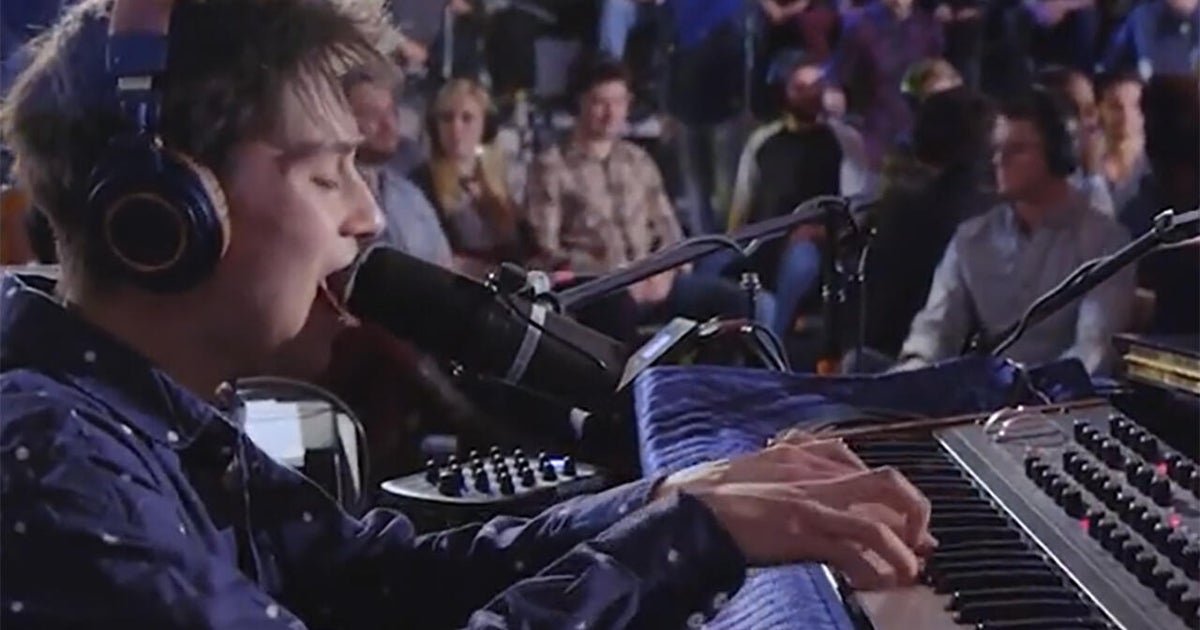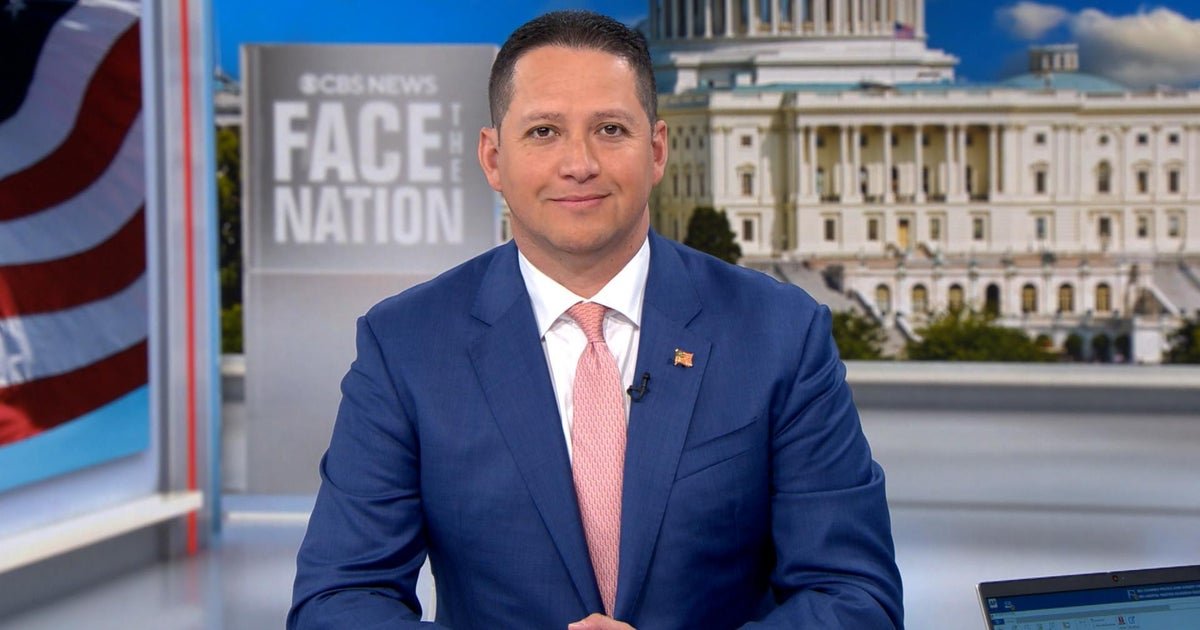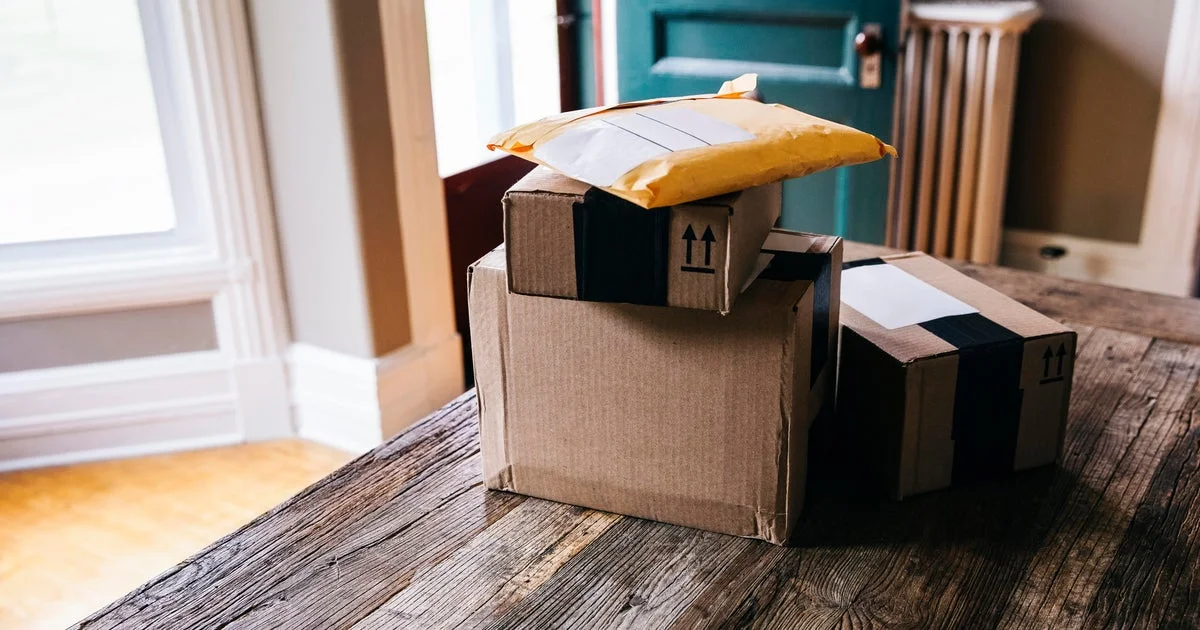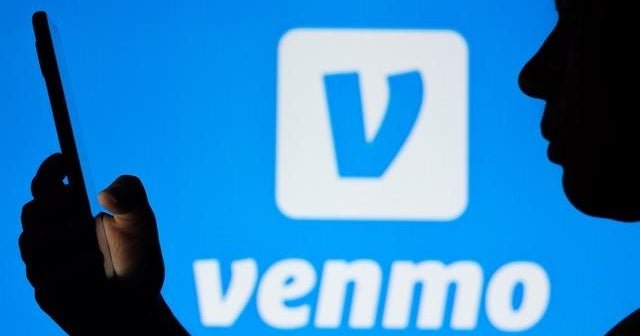

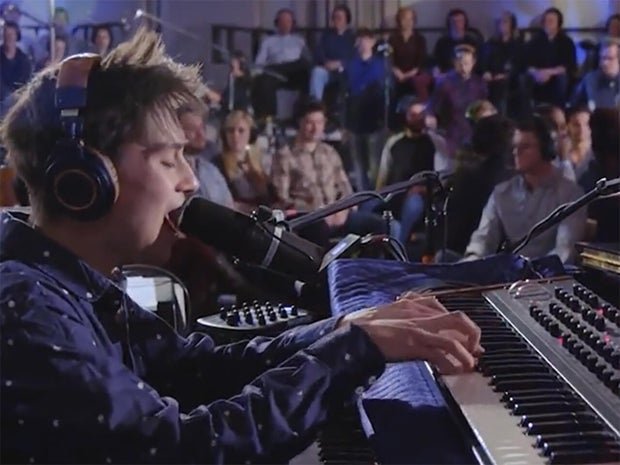
In 2013, musician Jack Conte made a music video called “Pedals.” He spent seven weeks and $10,000 building the set: “I remember the blood, sweat and tears, the months of pain, and hours and hours, and days and days of creation,” he laughed.
The video quickly racked up a million views on YouTube.
And for that success, YouTube paid him … $166. “I felt undervalued, I felt resentful,” Conte said. “I started to feel like, ‘I can’t keep doing this.’ I’ve told this story 10,000 times – I still get emotional, like, when I think about this. And I sat down at my kitchen table and I sketched out this idea for a better system, a better way for creators to make money and build businesses.”
He called that better way Patreon.com. It lets creators (like artists, musicians, podcasters, and video makers) get funding directly from their fans on the Internet. Conte said, “Within about two weeks of launching, I was making six figures as a creative person.”
Here’s how it works: Your biggest fans can pay you, for example, $5 or $10 a month. In exchange, you’re supposed to offer them exclusive goodies, like bonus episodes, early access to new episodes, outtakes, or live interactions with you. “It’s work; it’s not free money,” Conte said. “But you know, because it’s such an incredible amount of income, it’s worth it for most creators who try it.”
Caro Arévalo creates intricate nature paintings, and also posts videos on YouTube and Instagram. Like most internet creators, she pieces together an income from various sources. “I have my own online shop, where I sell my originals,” Arévalo said. “I also have a Patreon, I have a YouTube channel. I do partner up with some brands, do commissioned work.”
During the Renaissance, Michelangelo may have counted on the wealthy Medici family for support. These days, Arévalo has her Patreon patrons, who bring her about $700 a month. The top-paying fans get to chat with her on a monthly Zoom call.
One of Arévalo’s subscribers, Alyssa Carroll, said, “I like the fact that with just a small monthly amount I can, in a way, help support somebody else follow their dreams.” Patron Alyssa Carroll said, “You get to communicate with other like-minded artists. And you’re able to, you know, share what you’re doing.”
Arévalo said, “I get a lot out of Patreon, not only from the income that I’m making monthly, but also because I get to know people and they share their stories with me. And they are also inspiring me. So, I feel it’s this, like, symbiotic relationship.”
Patrick Hinds and Gillian Pensavalle make the popular comedy podcast “True Crime Obsessed,” in which they riff about crime documentaries. Asked how a podcaster makes a living, Hinds laughed: “Well, normally they don’t! And that’s really true.”
They launched their show in 2017 in the living room of Hinds’ apartment. Today, they can be full-time podcasters, thanks to Patreon. They have a dedicated podcast studio and five full-time employees. They’ve produced more than 800 podcast episodes about our fascination with criminals.
“I’m a podcaster – it’s still very liberating and weird to be able to say out loud,” said Pensavalle. “Still doesn’t make a whole lotta sense, but here we are!”
“But we always say, ‘Put us out of work! Stop killing people!'” Hinds laughed. “Look, if I have to go back to bartending and that means no one gets murdered next year, I’ll do it!”
Today, 12 years after Patreon’s founding, the company says that it’s a source of regular income for more than 300,000 creators.
TV and movie star Alan Alda has a podcast, too, called “Clear and Vivid” – and even he uses Patreon. “It’s probably opened the door to a lot of people who wouldn’t be able to devote themselves as much to their art as they can this way, where they can be in direct touch with the people who support them,” he said.
The proceeds fund his nonprofit, the Alan Alda Center for Communicating Science. The $45-a-month members get to join him each month for a video call. “We’re talking to people in Australia and England, Germany,” Alda said. “Sometimes they stay up ’til the middle of the night so they can talk to us at our time!”
I said, “Who wouldn’t stay up ’til the middle of the night to talk to you?”
“I’m not sure I would!” Alda laughed.
So, what’s the catch? Patreon collects 5% to 12% of all the fans’ contributions. The company has occasionally stirred controversy by shutting down the Patreon pages of purveyors of porn, hate, and misinformation.
Patreon has competitors now, too, like Substack, Ko-fi, and Buy Me a Coffee.
And co-founder Jack Conte points out that Patreon doesn’t work unless you already have a following online. “Patreon helps you build a business. It works great for creators who are starting to find traction, have a couple thousand fans,” he said.
I said, “We’ve all heard of the starving artist.”
“I hate that term! I hate the term ‘starving artist’!” Conte laughed. “If Patreon is successful, no one will use that term again. It will be gone from this planet. It will be a thing of the past. That’s what I want.”
For more info:
Story produced by David Rothman. Editor: Emanuele Secci.
[ad_2]
